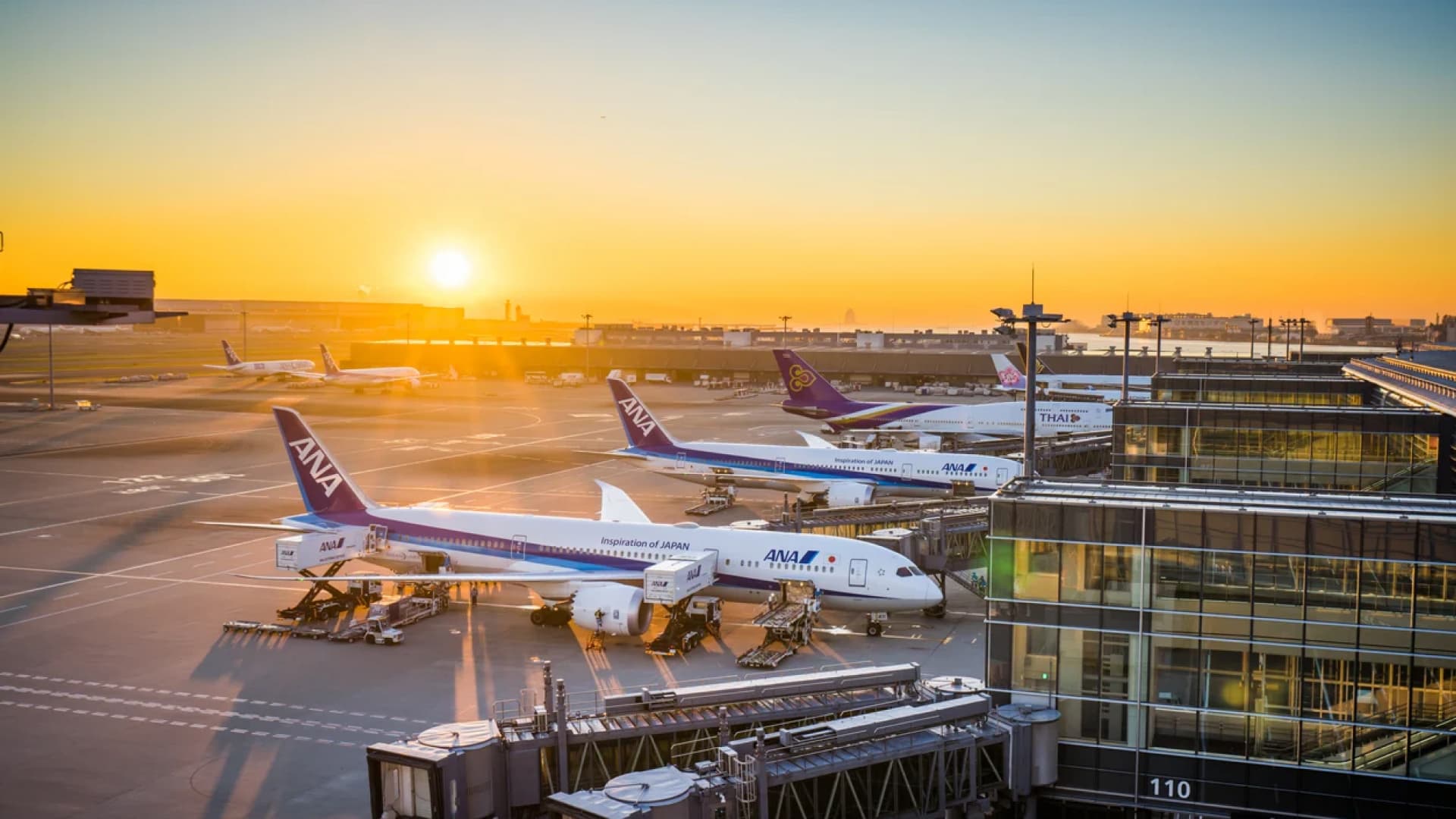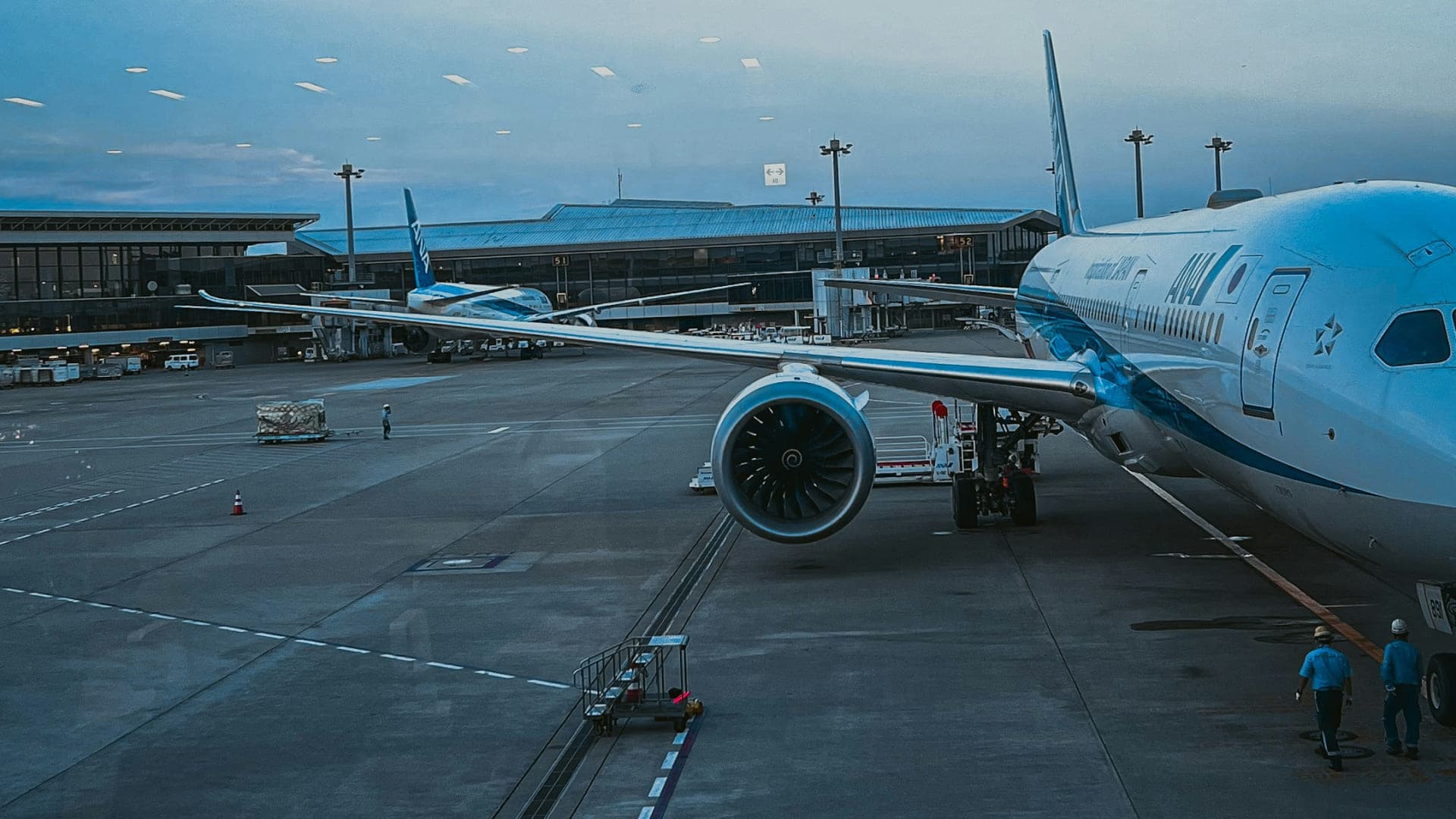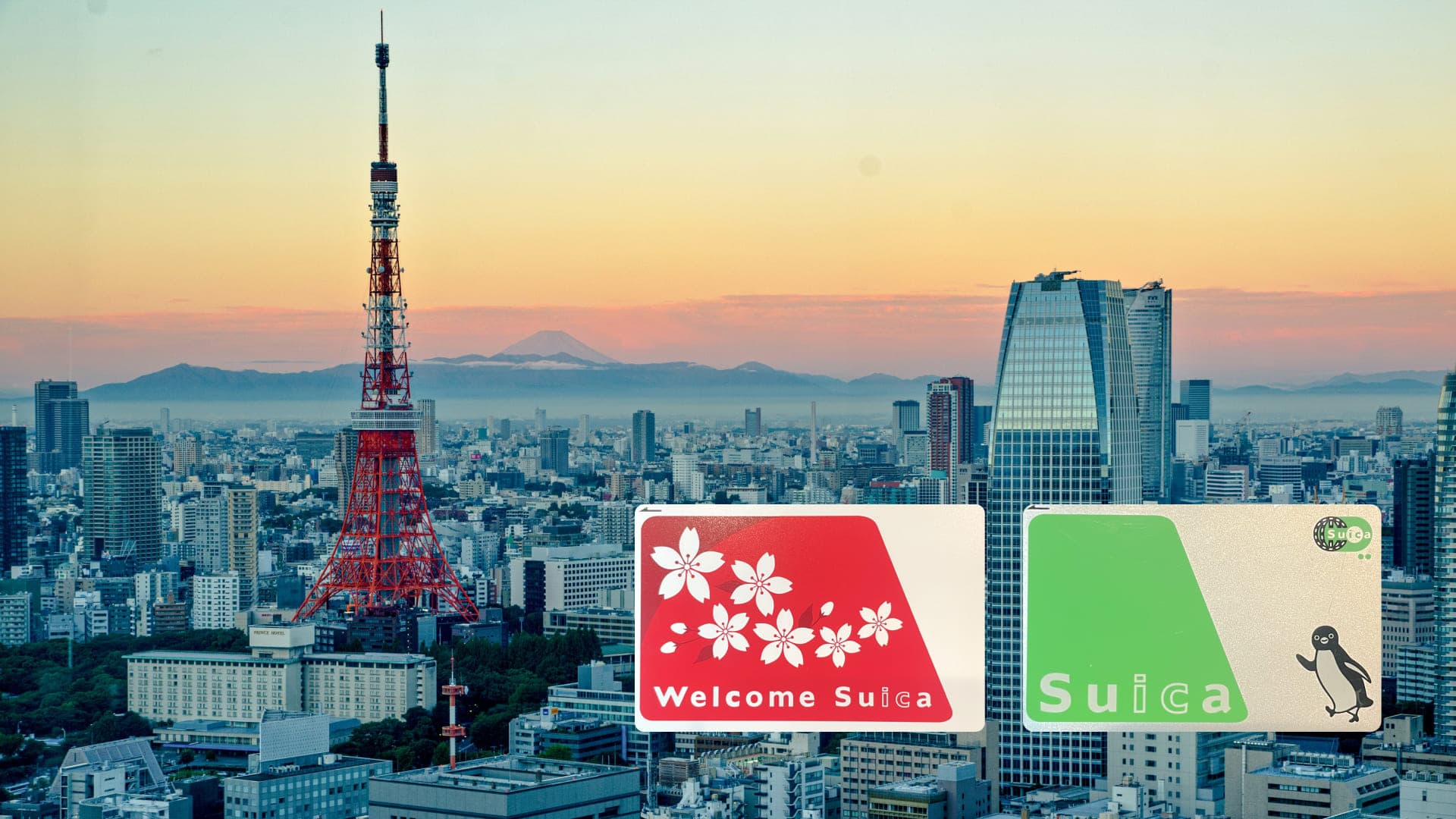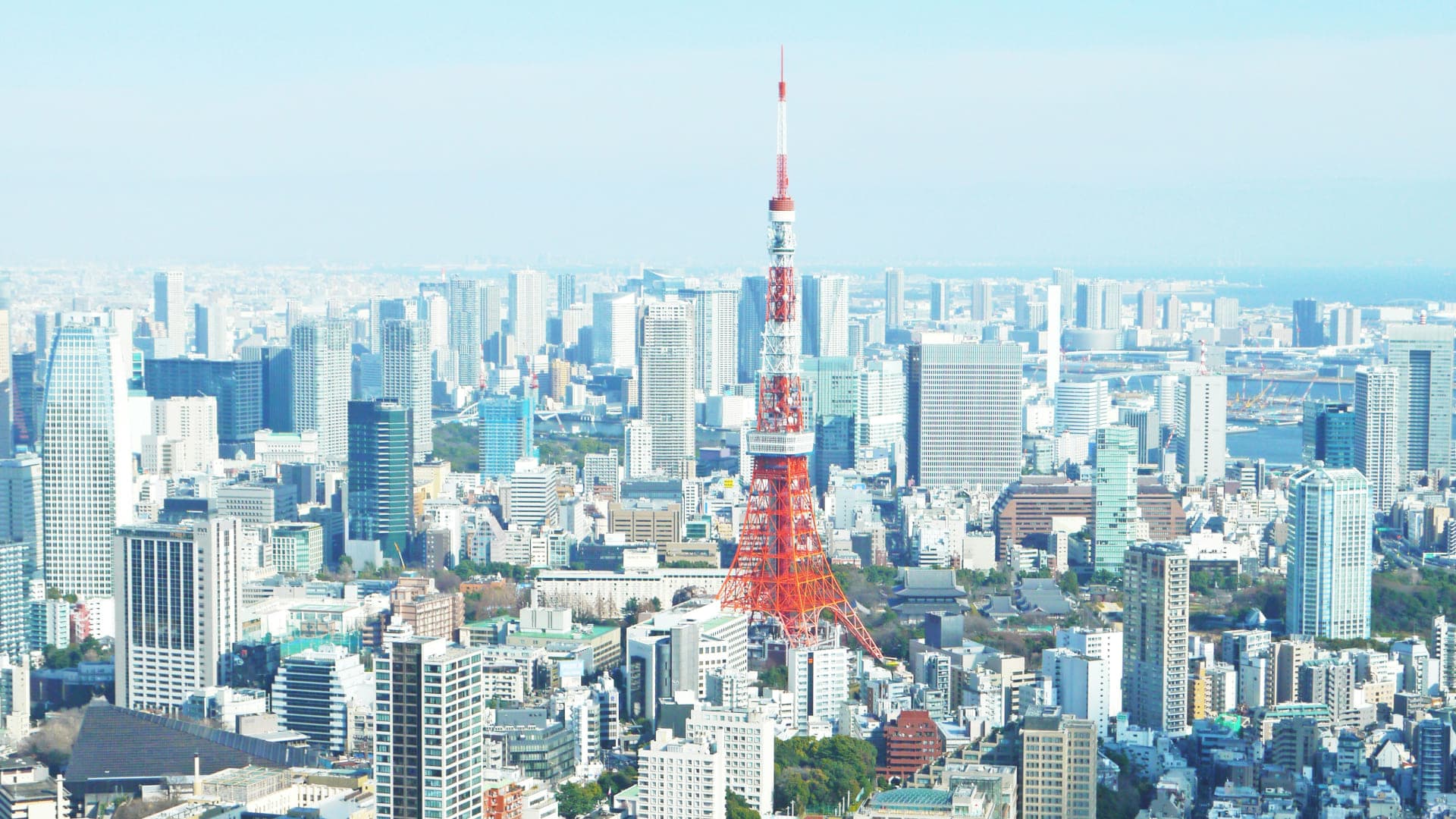【The Ultimate Checklist】8 Must-Do Tasks Upon Arrival in Japan
Dec 20th 2024
Jan 31st 2025

Ideally, travel should be smooth and comfortable! In reality, however, it is often more difficult than one might think, with unexpected problems and rushing to get around left and right.
To get your trip off to a good start, what should you do first after arriving in Japan? In this article, we will carefully select important points that you should know in advance and explain them in an easy-to-understand manner!
① Ensure an Internet environment
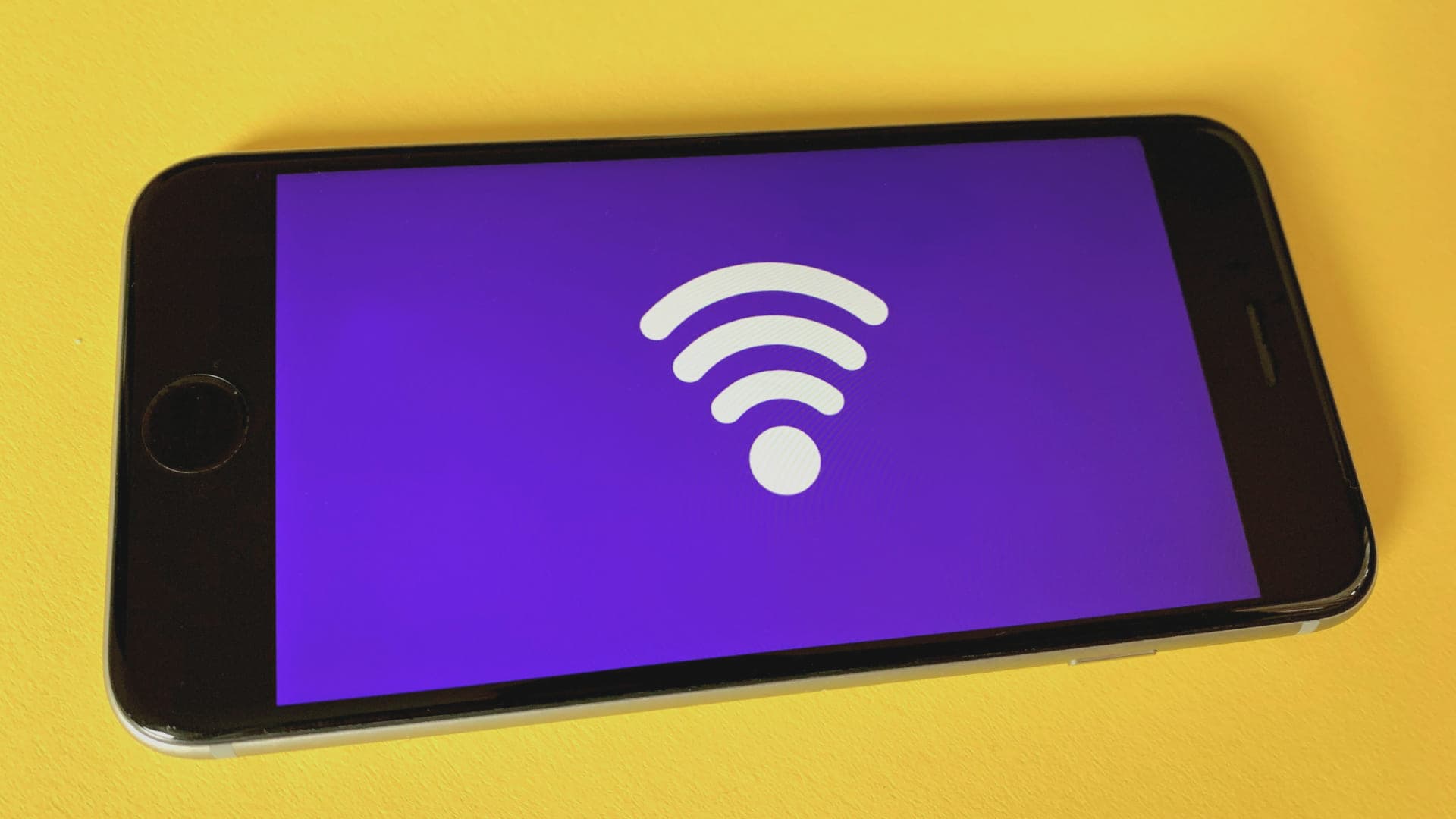
The first thing you will want to secure is an Internet environment. You will need a Wi-Fi environment in all situations, such as using map applications, searching for information, and using social networking services.
In Japan, there is a lot of “free Wi-Fi” available in town, at train stations, hotels, large commercial facilities, cafes, etc. In reality, however, it is unfortunately not always easy to use Wi-Fi, as it requires a complicated registration process, or even when it is finally connected, the connection is unstable and the connection speed is slow. In fact, there are many cases where the use of Wi-Fi requires a cumbersome registration process.
Here we introduce three ways to use the Internet environment comfortably, with their advantages and disadvantages.
1. Rent a Portable Wi-Fi Router
Don't worry if you have not completed your Wi-Fi router device reservation prior to your trip. We offer Wi-Fi router rental services at dedicated stores in the airport.
Just present your passport and credit card for payment, and you will receive the device and access information on the spot and can use it immediately!
▼Advantages
・Easy to use and can be used on the spot
・Can be used with multiple devices at the same time
・Stable communication speed
・Connection to anywhere in Japan
▼Disadvantages
・Battery recharging is necessary
・Need to carry the terminal with you.
・High compensation fee in case of loss.
・Need to return the device at the airport
2. purchase a SIM card
You can also purchase a local SIM card and data that can be used in Japan. There are stores in the airport where you can purchase SIM cards, which are convenient because they do not require additional equipment.
If you do not have a SIM-free device, consider using the aforementioned pocket Wi-Fi or eSIM (see below). If you do not have a SIM-free device, consider using the aforementioned pocket Wi-Fi or the eSIM described below.
▼Advantages
・No need to carry additional equipment
・Less battery recharging required
・Reasonably priced
▼Disadvantages
・Cannot be used unless the terminal device used is SIM-free.
・SIM unlocking of the terminal device is required
・SIM card is small and can be easily lost
3. Use an eSIM (Recommended!)
Have you ever heard of an “eSIM?” A SIM card is a SIM that is pre-loaded into a device such as a smartphone. With this eSIM, you can seamlessly switch communication networks while traveling without the need to replace the SIM card.
The eSIM is the easiest and most convenient way. I really recommend it, so please give it a try. eSIM may become the mainstream from now on!
▼Advantages
・No need to physically replace the SIM card
・Can be purchased in advance
・Can be used worldwide
・Reasonable price
・Flexible pricing plans
・Flexible pricing ・Additional plans can be purchased
・Excellent customer support
▼Disadvantages
・Cannot be used with smartphones that do not support eSIM
・SIM lock must be unlocked
For first-time visitors to Japan, we recommend the use of eSIMs, which are easy to use and reliable! Airalo and Ubigi, in particular, are chosen by many travelers for their combination of reliable price, stable communication environment, and ease of use.
Choose What's Best for You
◼︎Short Stay (1-2 weeks)
best option: Choose eSIM
・Purchase before arrival - no hassle!
・Easy to top up if needed
◼︎Long Stay
Recommended: Portable Wi-Fi router or high-data SIM card
・Longer stays typically require more data usage
◼︎Group Travel
Best choice: Portable Wi-Fi router
・Cost-effective: Share one connection among multiple users
② Prepare Japanese Currency

Although the use of electronic money and credit cards is increasing in Japan and the country is becoming increasingly cashless, it is strongly recommended to have yen in cash on hand at markets, restaurants (bars, private stores), small stores, and tourist spot facilities, as these are often cash-only.
Here are some efficient ways to prepare Japanese yen.
Best way to procure Japanese yen
Airport exchange offices are convenient, but they charge high fees regardless of the exchange rate. Although this is often said, you are definitely happier to save a little money and spend it on other things, aren't you?
As a smarter option, we recommend using ATMs at convenience stores (especially Seven-Eleven). (hereinafter referred to as “Seven Bank ATMs”). There are several Seven Bank ATMs located at Narita Airport and Haneda Airport.
Seven Bank ATM at Narita Airport | |
|---|---|
Hours*: | 6:00 AM - 11:00 PM |
*Business hours subject to change | |
Location: | Terminals 1, 2, and 3 |
Seven Bank ATM at Haneda Airport | |
|---|---|
Hours*: | 5:00 AM - 12:00 AM (Midnight) |
*Business hours subject to change | |
Location: | Terminals 1, 2, and 3 |
ATMs are also located in convenience stores throughout Japan, from which you can withdraw Japanese yen. They are also available in foreign languages, which is reassuring to many foreign visitors to Japan!
However, depending on how you use the ATM, you may not be able to withdraw cash. To avoid any problems in case of emergency, please refer to the following Q&A!
Key Points for Using Convenience Store ATMs
Q. What types of cards can I use at ATMs?
A. We recommend “debit cards”.
→A debit card can be used to withdraw Japanese yen. Although it depends on the exchange rate, it is available at a relatively low fee.
Q. Can I use a credit card?
A. It depends on the ATM.
→Some ATMs accept credit cards, but some credit card companies charge a cash advance fee, so a debit card may be more reliable.
Q. Can I simply hold up a device linked to the card?
A. Yes, you can use a physical card (= physical card) for sure.
→Some operations are possible if the card is from a Japanese domestic credit card company, but we do not recommend using an overseas card.
Q. Does it accept foreign currencies other than Japanese yen?
A. No. ATMs at convenience stores do not accept foreign currencies other than Japanese yen.
→ Only Japanese yen can be withdrawn at ATMs in convenience stores. Transactions must be made in Japanese yen.
Q. Can I exchange foreign currency into Japanese yen?
A. No.
→Convenience store ATMs do not have a foreign currency exchange function. Some convenience stores have “automatic foreign currency exchange machines,” but the fees tend to be high. We recommend using a currency exchange in town.
Q. Is there a fixed withdrawal limit?
A. Yes.
→It depends on the settings of the card you use, but keep in mind that the maximum amount you can withdraw is about 100,000 yen.
Always keep cash on hand in Japan!
While traveling, you will need to spend money in various situations, such as fares and meals for transportation, souvenirs and goods purchases at the destination, admission fees to tourist facilities, and event/amusement experience fees. So, how much cash should you carry in Japanese yen?
It depends on your budget and travel schedule, so it is difficult to say exactly how much you need to spend, but if you have “about 15,000 to 30,000 yen per person,” you should be able to enjoy a full day of sightseeing. (*If you plan to dine at a high-class restaurant or ryotei, we recommend that you prepare a little more!)
In any case, it is essential to carry a little more cash.
Even as a Japanese, I cannot recall ever encountering a case where cash payment was not accepted, and sometimes cash payment is more appreciated. (Cashless payment also involves a fee on the part of the business, you know! XD)
③ Get a transportation IC card
Obtaining a transportation IC card is essential for smooth travel in Japan. Especially recommended is "Suica".
Suica is a prepaid electronic money card issued by East Japan Railway Company (JR East). Once the card is charged with electronic money, simply touch the card when traveling or shopping and the fare will be automatically deducted.
How to use Suica
Suica is an electronic money card that can be used for public transportation in Japan.
There are convenience stores and vending machines everywhere in Japan, and you can almost certainly pay with Suica there as well. You can also use Suica at cafes, fast food restaurants, restaurants, and other eating establishments. It is sure to be a big hit when traveling!
Suica can be charged at ticket vending machines at train stations and at convenience store ATMs throughout Japan. You can also recharge at some supermarkets and pharmacies. (*Remember that you need cash to recharge your Suica card.)
If you want to pay with Suica, look for the “IC” or “Suica logo” at a store ticket machine or near the cash register. Or you can show your card to the employee and ask, “Can I use Suica?” while showing your card to the employee.
Types of Suica and how to get them
First, there are two main types of Suica cards.
There is the regular “Suica” card and the “Welcome Suica” card for foreign visitors to Japan, whose main features are as follows.
◼︎Suica (Normal)
・Color & Design: Green and silver (penguin character)
・Selling price: 1,000 yen
・Deposit: 500 yen
・Maximum charge amount: 20,000 yen (including card balance)
・Expiration date: Void after 10 years of unused use since the last use
[Sales Locations]
Multi-function ticket machines at JR East stations, Midori-no-Madoguchi ticket windows, and reserved seat ticket machines (operator-assisted), as well as at Midori-no-Madoguchi ticket windows at JR East Shinkansen stations.
The normal Suica card had been suspended due to the global shortage of semiconductors, but as for the “name-registered” Suica card, its launch has resumed in September 2024.
- As of November 2024, “no-name” Suica cards continue to be discontinued.
- It is possible that sales may be suspended or resumed in the future.
- Please check JR East's official website for the latest information.
◼︎Welcome Suica (for foreign visitors to Japan)
・Color and design: red and white (cherry blossoms)
・Selling price: 1,000 yen
・Deposit: 0 yen (none)
・Maximum charge amount: 20,000 yen (including card balance)
・Expiration date: 28 days from purchase date
・Maximum number of cards sold: 1 per person
・Number of cards sold: Up to 1 per person
[Sales Locations]
- JR East Travel Service Center
Narita Airport Terminal 1, Narita Airport Terminal 2 and 3, Haneda Airport Terminal 3, Tokyo, Shinagawa, Shibuya, Shinjuku, Ikebukuro and Ueno stations
- Welcome Suica vending machines
Narita Airport Terminal 1, Narita Airport Terminal 2 & 3, Haneda Airport Terminal 3
- JAPAN RAIL CAFÉ TOKYO
※Restaurant café located at the Yaesu Exit of Tokyo Station
Suica available on iPhone and Apple Watch!
If you are using an iPhone 8 or later or iPhone 8 Plus or later or Apple Watch Series 3 or later device with the latest iOS, you can use your Suica card from Apple Pay by adding it to the “Wallet” app.
Although only iPhone and Apple Watch users can use the card, this method is convenient because there is no need to purchase or carry the actual card, and it can be charged from any Apple Pay-enabled credit card!
④ Download useful apps for travel in Japan

Did you know that there are apps that make traveling in Japan more comfortable?
For example, you can search for routes when traveling, use a translation function, check store and spot information, etc. Apps can make your trip smoother.
Many of them are available for free and can be easily downloaded anywhere as long as you have a Wi-Fi environment. It is not too late to download the app even after your arrival in Japan! It is a good idea to imagine your own travel flow and prepare the necessary apps according to your travel schedule.
DeepL (translation)

This is a highly accurate translation application that supports over 30 languages. Using the camera-based character recognition function, translating menus, signs, and museum maps is no problem. It also supports voice input, which is useful for communicating with Japanese people.
In my personal opinion, which is based on my extensive use of DeepL for both work and private use, I think it is superior to Google Translate. It is always helpful to me because it captures subtle nuances and has a wide range of expressions!
(Download link)
▼App Store (iOS):
DeepL: translate & write
▼Google Play (Android):
DeepL: translate & write
Google Maps (map)

Many of you may already be using it, but just in case, we would like to introduce it here as well.
Google Maps is more than just a map application. The ability to search train and bus routes, as well as save and share lists of stores and spots you want to visit, is very attractive to travelers. Another appreciated feature is that it can be used safely even in places with unstable communication environment!
(Download link)
▼App Store (iOS):
Google Maps
▼Google Play (Android):
Google Maps
ecbo cloak (luggage storage)

This is a service for depositing and receiving luggage in and out of a storage area.
With ecbo cloak, you can leave your luggage at various locations such as restaurants, hotels, and commercial facilities. It is possible to search for storage locations and check availability on the app, and payment is smartly completed by credit card.
We recommend this service before check-in, after check-out, or while enjoying shopping and sightseeing! With this, you don't have to worry even if the coin lockers are full!
・Credit card payment only. Cash payment is not accepted (Visa, Master Card, AMEX, Diners Club, Discover).
・Large luggage is acceptable as long as it is of a size that can be carried by one person (up to 20 kg).
・Luggage that cannot be carried by one person, such as furniture, precious metals, and living creatures are not acceptable.
(Download link)
▼App Store (iOS):
ecbo cloak - Luggage Storage
▼Google Play (Android):
ecbo cloak
Japan Travel by NAVITIME (route search)

Public transportation in Japan is really complicated and even Japanese people make mistakes if they are not used to it. With this app, you don't have to worry about that. You can search routes for all modes of transportation, from the Shinkansen bullet train to local buses, and see accurate fares and travel times, as well as information on delays.
The “Railwai Map” function within the application allows you to browse route maps of major cities, which is useful for understanding routes and locations (positions). Of course, English is also supported, making it easy to use for overseas users!
(Download link)
▼App Store (iOS):
Japan Travel - Route,Map,Guide
▼Google Play (Android):
Japan Travel - Route,Map,Guide
GO / Taxi app for Japan ( arrange taxies )

Taxi dispatch service. Taxis are easily available for international travellers. English is supported, so there is no need to explain where you are going.
You can also register with a credit card or mobile phone number issued abroad, and payment is completed within the app! Using the app, you can find out the approximate fare in advance, so you can use the taxi with peace of mind!
The app will surely come in handy when you are in trouble with your means of transport. Even if you don't plan to use a taxi, we recommend downloading the app in case of an emergency.
(Download link)
▼App Store (iOS):
GO / Taxi app for Japan
▼Google Play (Android):
GO / Taxi app for Japan
LUUP (shared mobility)

This is a sharing service for electric kickboards and electric bicycles, available in English from June 2023. The number of users is rapidly increasing in Japan, and I often use this service. It is especially suitable for short distance travel and allows you to get to your destination without getting stuck in traffic jams.
To start using the service, simply use the app to find a nearby vehicle and scan the vehicle's QR code at the port where the vehicle is parked. Returning a vehicle is also simple: if there is a port with available parking space, simply leave the vehicle there and perform a few smartphone operations. Recently, we have seen more and more foreigners riding these vehicles. They seem to be particularly popular as a small means of transportation around tourist spots!
However, it cannot be said that shared mobility services like LUUPs have yet to gain general acceptance in Japan.
There have been many accidents with pedestrians and traffic violations by Japanese users. We have seen more and more criticism and controversy about such services in the news and on social networking sites. When using this service, please refrain from reckless driving and do not cause trouble.
Please obey traffic rules and drive safely.
(Download link)
▼App Store (iOS):
LUUP - RIDE YOUR CITY
▼Google Play (Android):
LUUP - RIDE YOUR CITY
⑤ Identify the route and means of travel to the destination
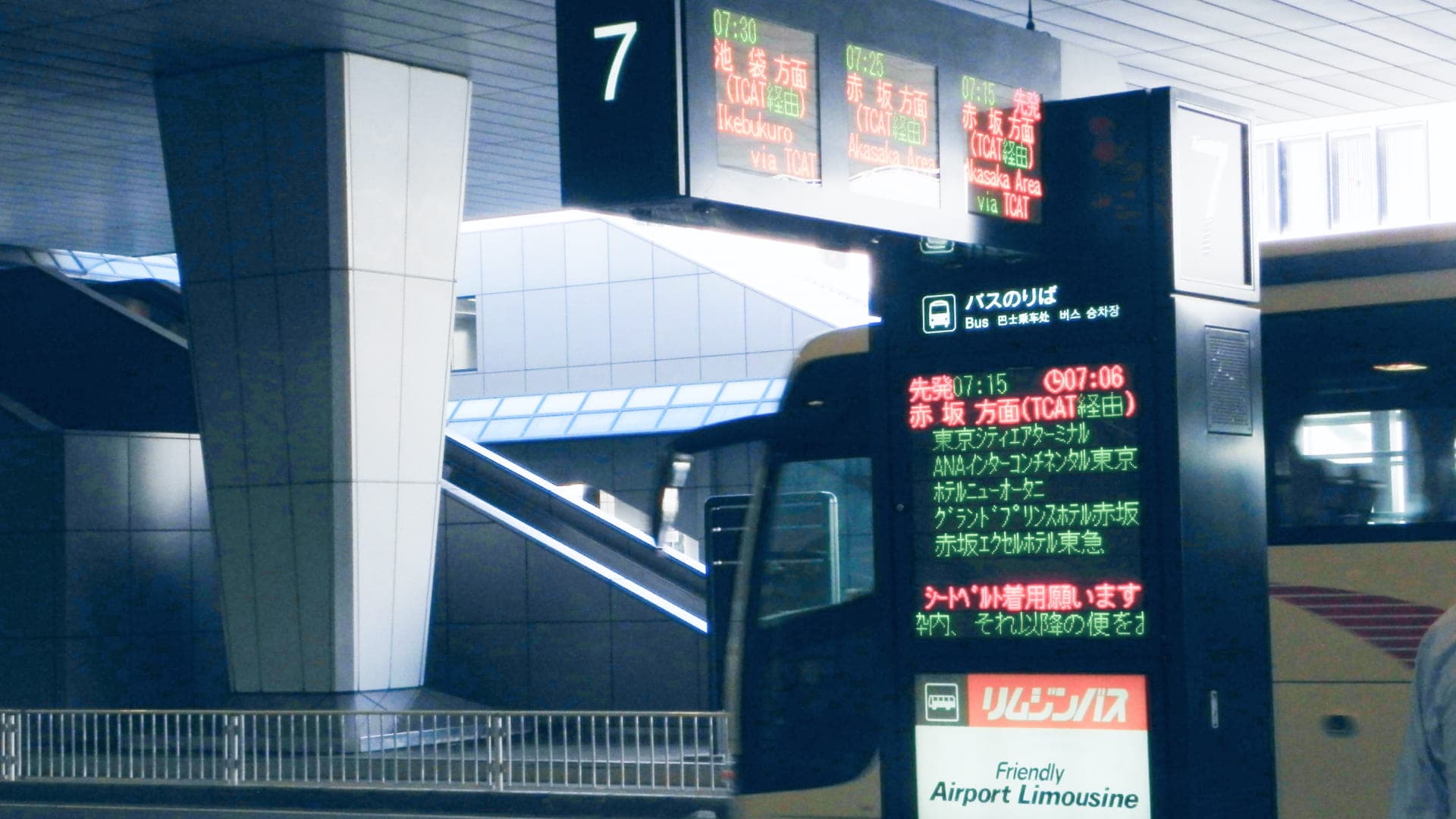
Getting from the airport to your destination is an important first step in traveling in Japan! Depending on whether you arrive at Narita Airport or Haneda Airport, the method of access to the city center will differ greatly.
From Narita Airport, the Narita Express and limousine buses are the main means of transportation. The Narita Express takes approximately one hour to Tokyo Station, while the limousine bus takes one to two hours depending on the destination.
On the other hand, Haneda Airport is closer to the city center than Narita Airport, and the Keikyu Line and Tokyo Monorail can take you to Shinagawa or Hamamatsucho in about 30 minutes. Cabs are also available at relatively reasonable rates, and are recommended for those who want to save time and travel in a relaxed manner.
Regardless of the mode of transportation you choose, confirming the route to your destination in advance will help you move smoothly once you arrive. In particular, if you are taking the train, it is a good idea to note down transfer stations and the time required!
⑥ Check the weather on the day

It is important to check before arriving at the airport, but it is also important to check again after arriving at the airport!
The Japanese archipelago is long from north to south and has four distinct seasons, even by global standards, and the weather varies greatly depending on the region and season. For comfortable sightseeing, “check the weather” should be on your checklist.
By checking the weather and temperature, you can prepare the most appropriate clothing and baggage, so you can enjoy your trip with peace of mind!
Recommended weather check method
Instead of using a single mobile app, it is a good idea to check multiple weather forecast sites using “Google Search” or similar. This way, you can get more accurate weather forecasts.
A search query like “[location name] x [weather]” will give you enough information.
Points to check
◼︎Weather
June and July are the rainy season in Japan, and cloudy and rainy days are common. Even if it is “sunny” when you are at the airport, it may be “rainy” in the evening, so being able to foresee the weather changes will make a big difference in how you feel.
◼︎Highest and Lowest Temperatures
In spring and fall in Japan, the temperature difference between daytime and nighttime tends to be large. Especially in October and November, it can be comfortable to wear only a T-shirt during the daytime, but it can get suddenly cold in the evening and at night, so it may be useful to carry a jacket.
◼︎Hourly precipitation probability
This is a bit of an advanced technique, but it is important to be prepared for changing weather conditions.
In my experience living in Tokyo, even if the afternoon forecast is for rain, if the probability of precipitation is below 30%, it is unlikely to rain. However, if the probability exceeds 40%, it is a good idea to carry a folding umbrella. That way, you will be safe no matter when it rains. Having lived in Kyoto for a little while, I can give you a little advice: the weather in Kyoto may be rougher than in Tokyo. The summer heat and winter cold seem a bit harsher on a physical level than in Tokyo. In particular, Kyoto city is a basin surrounded by mountains, so the humidity is high and the temperature difference between day and night is large. (Even on days when the forecast calls for “sunny” weather all day long, squalls can suddenly appear.)
It is not absolutely necessary to be prepared for the weather.
Some people may not be swayed by a little rain, and rain gear such as umbrellas and raincoats are readily available at station kiosks and convenience stores in town!
⑦ Lighten baggage as much as possible when traveling
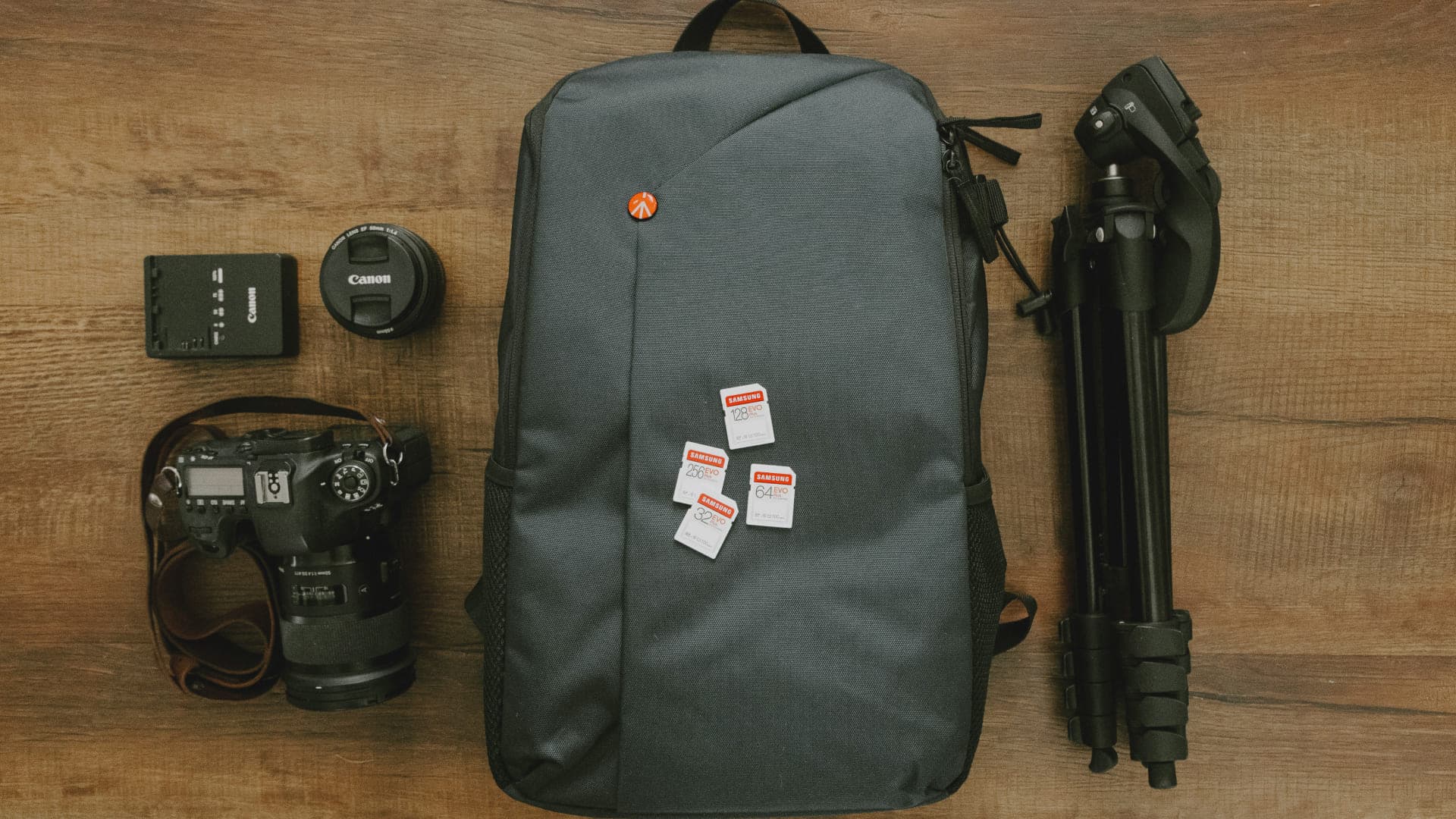
After arriving at the airport, traveling with large suitcases to destinations such as lodging and tourist attractions can be a major burden. Public transportation in Japan is often crowded, and especially when traveling by “train,” carrying a large suitcase may be more difficult than you imagine.
First of all, please consider that Japanese trains are not equipped with luggage storage space for large suitcases. Even express trains and Shinkansen trains have limited luggage storage space, so if many travelers are using these trains, there may be a battle for luggage storage space.
Also, terminal stations in Japan are crowded with people, and going up and down the stairs in the station will take more of your energy than expected.
Lastly, the train congestion in central Tokyo in Japan is tremendous. During peak hours, such as the morning rush hour for commuting to work or school and the evening rush hour for going home, some train lines have a boarding rate of over 200%.
Cabs are not a problem, but even buses are doomed to a walk with heavy suitcases, unless the bus service goes directly to the hotel. Considering these factors, it does not seem realistic. If possible, arrange for large suitcases and other items to be delivered to your lodging.
It is recommended to travel with a backpack!
First, separate what you will need in the future from what you will not use immediately. We recommend that you pack what you will need for the time being in a small bag and keep the rest of your belongings separate.
Contents of backpack (an example)
・Passport
・Wallet
・Cell phone
・Charger
・Medicine, sanitary items, etc.
Items that would be useful to have
◼︎folding umbrellas
Depending on the season and weather conditions, it may be a good idea to have one. You don't have to be stranded or look for a convenience store if you get caught in sudden rain or snow.
◼︎Hand towels, pocket tissues and sterile sheets
Toilets in train stations and commercial premises in Japan do not have things you can wipe your hands directly on. Most toilets are equipped with hand dryers, but if you are concerned about your clothes getting wet or hygiene, we recommend that you carry these with you. These can also be easily procured as they are almost certainly sold in convenience stores and pharmacies.
◼︎AC adaptor for charging
An AC adaptor for charging is a convenient way to charge your smartphone, tablet, Wi-Fi router or camera while travelling on a bus, express train or bullet train.
The outlet type in Japan is ‘A-type’ with two parallel holes and the general voltage is 100 volts (V). Some products may require a transformer, so it is best to keep this in mind as a reference.
◼︎Minimum underwear
It is very reassuring to have a change of underwear, such as socks, trousers and underwear. You will also be prepared if you sweat or get caught in the rain, and if you have large items such as suitcases delivered to your accommodation, it is likely that you will not receive your luggage until the next day or later. If you are in the city centre or suburbs, you can buy these items at convenience stores, but if you are worried about them, it may be safer to have them with you!
⑧ Arrange for package delivery by a courier service
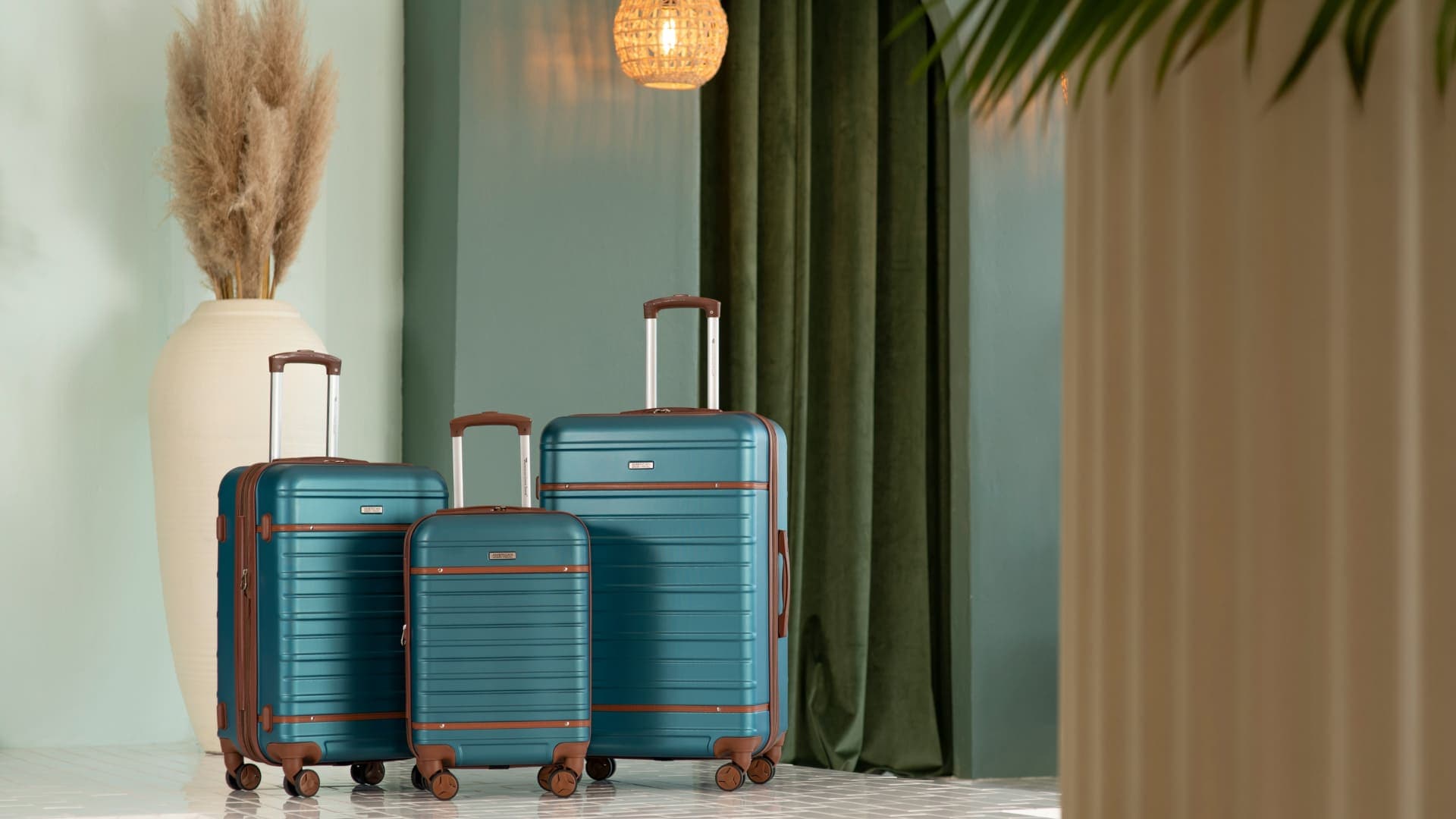
For large baggage items such as suitcases, it is recommended to use a courier service from the airport to your accommodation. Japanese courier services have a worldwide reputation for safety and accuracy.
Here are some of the main courier services available at major airports in Japan. Please take a look at them to enjoy more comfortable transportation from the airport to your accommodation.
Main delivery services available at the airport
◼︎Yamato Transport's "Airport TA-Q-BIN"
This is a home delivery service provided by Japan's largest delivery company, Yamato Transport Co. The ability to select delivery times and to ship from convenience stores is another attraction of this logistics industry giant.
(Official website)
・"Airport TA-Q-BIN" Overview Page
・List of pickup/delivery counters
◼︎Japan Post's "Airport Yu-Pack"
This service is provided by Japan Post, a major Japanese postal and logistics service provider. The service is available at post office counters nationwide or at convenience stores that handle Yu-packs.
(Official website)
・Outline of "Airport Yu-Pack"
・List of airports where Yu-Pack is available
◼︎"JAL ABC" by JAL (Japan Airlines)
JAL ABC is a home delivery service provided by Japan Airlines Corporation (JAL), and is available to passengers not on JAL flights. The service is also available in English, and you can search for the address of the hotel you are staying at!
(JAL ABC Official Site)
・Outline of "JAL ABC"
*A list of airport counters is also available on the same page.
These services can of course be used to send luggage from the airport, or conversely, you can send luggage to the airport and pick it up at the airport. Please take advantage of this service when you travel to Japan!
Finally
Let's review the contents of this article again.
① Ensure an Internet environment
② Prepare Japanese Currency
③ Get a transportation IC card
④ Download useful apps for travel in Japan
⑤ Identify the route and means of travel to the destination
⑥ Check the weather on the day
⑦ Lighten baggage as much as possible when traveling
⑧ Arrange for package delivery by a courier service
For foreign visitors to Japan who are unfamiliar with Japanese culture, language, and infrastructure, the information presented here will make your stay in Japan much more comfortable. If you can take precautions in advance, you will have a better idea of what to expect when you arrive, and most importantly, you will be able to minimize problems and confusion.
We hope this article will be of some help to visitors to Japan. Please use it as a “checklist” and make your trip to Japan a great one!
Thank you for taking the time to read this article. See you again in the next article!
